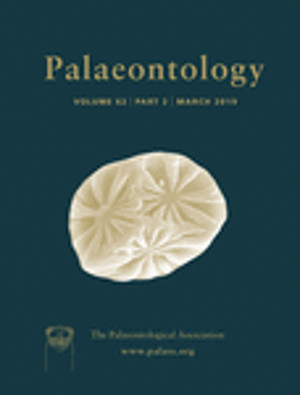Reg. Charity No. 1168330

The measurement of morphological variation in macroevolutionary studies is increasingly based on morphospaces constructed from discrete character data. This trend mostly results from the appropriation of phylogenetic data matrices as character spaces for carrying out disparity analyses. Phylogenetic matrices provide morphological descriptions of taxa as combinations of character states and thus appear, if not conceptually, at least mathematically, comparable to discrete character datasets found in numerical taxonomy or built for disparity purposes. Hence, phylogenetic matrices seem to constitute an abundant source of data readily available for morphospace analyses. Discrete character spaces have generally been described as more flexible than morphospaces capturing continuous shape variation. The discrete coding of morphology allows morphospaces to accommodate more disparate morphologies and the ability of discrete character schemes to handle missing data is also often emphasized. This flexibility comes at a cost, however. Multivariate ordinations of such spaces often provide deceptive visualizations and may invite the use of inappropriate methodologies for their exploration. The large amount of missing data that typifies many phylogenetic datasets is also problematic for the measurement of dissimilarity among taxa and can therefore be detrimental to the assessment of morphological disparity. Here, the properties of discrete character spaces are described and common pitfalls discussed. Graphical and methodological approaches are suggested to circumvent or limit their impact, and greater caution is recommended when using discrete character data for morphospace and disparity inferences.